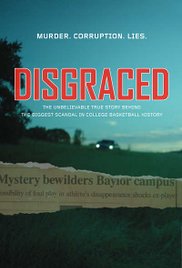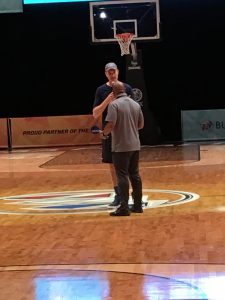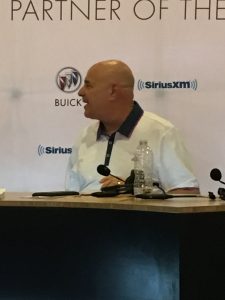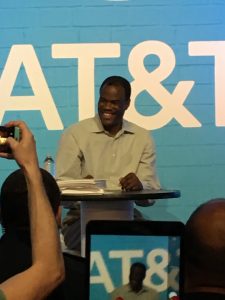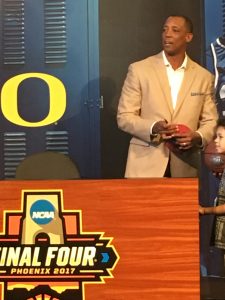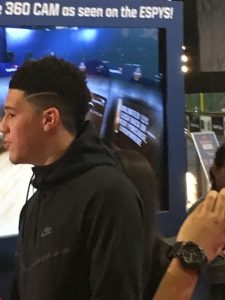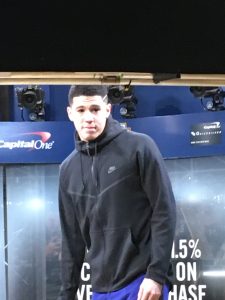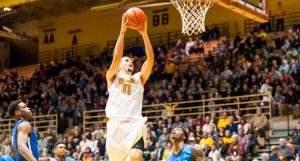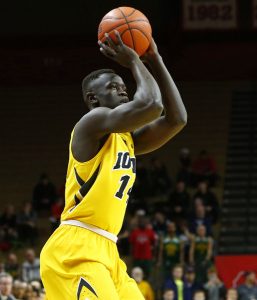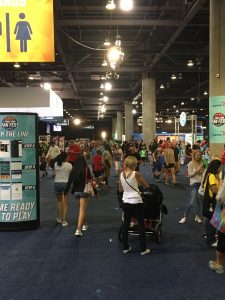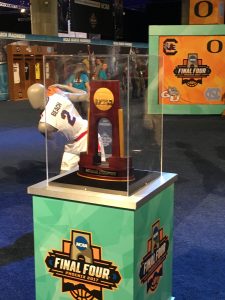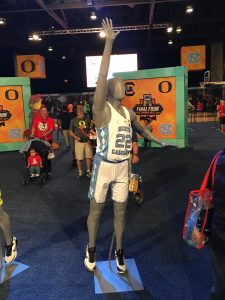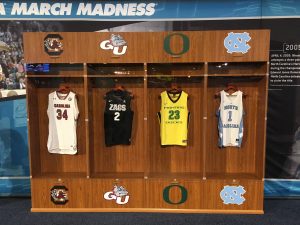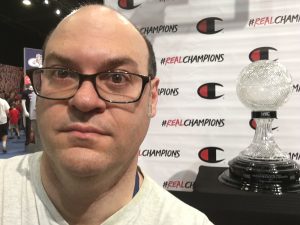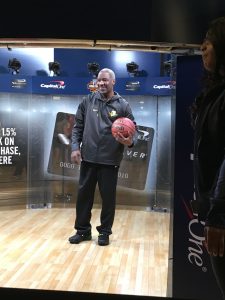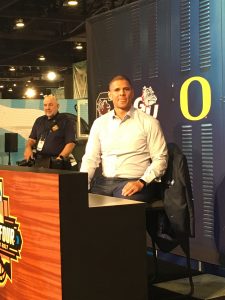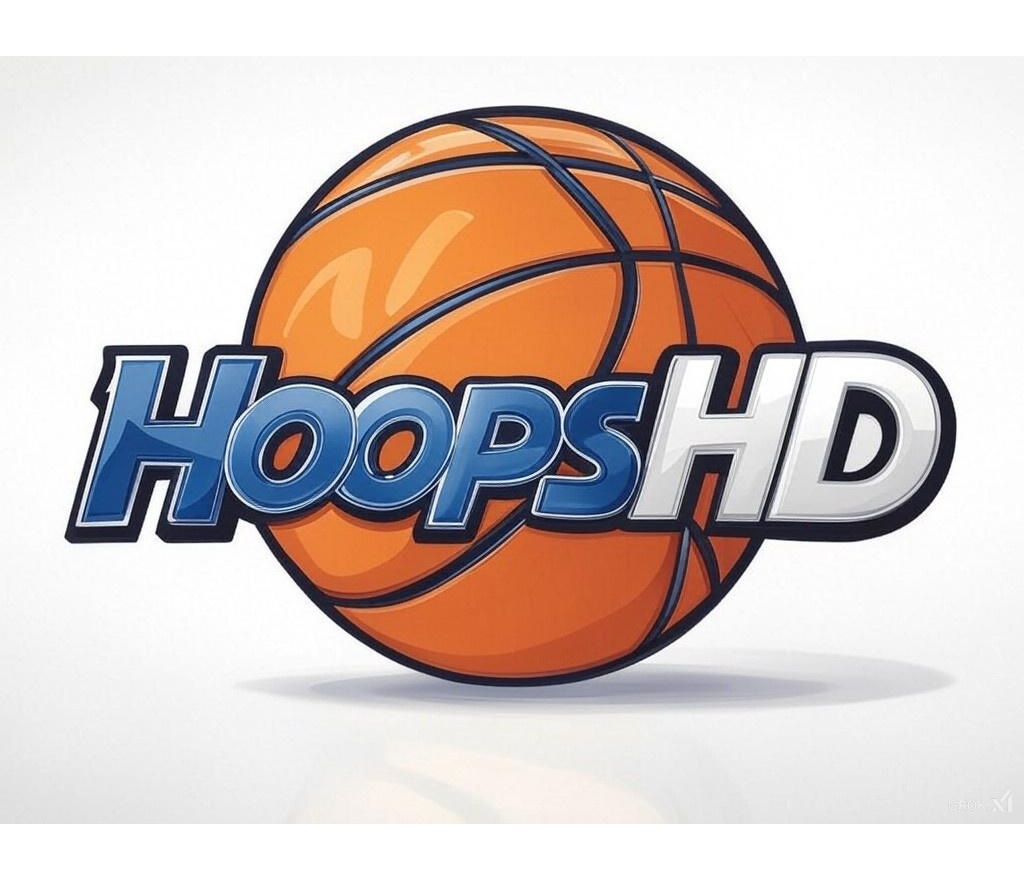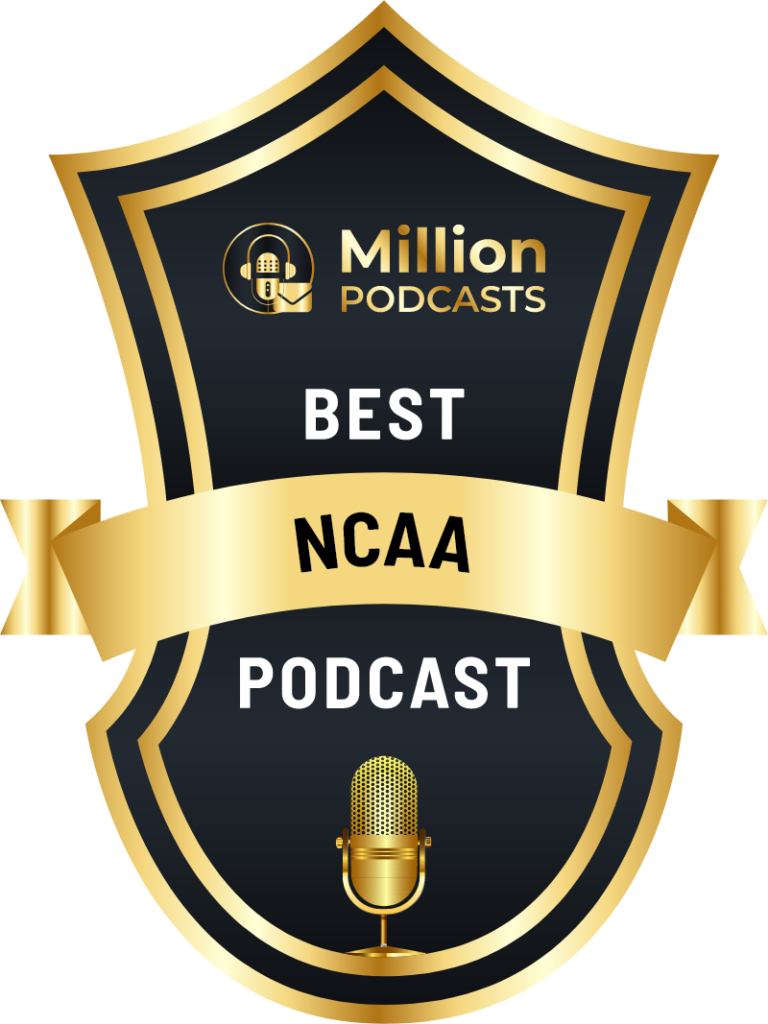College basketball has had small scandals and big scandals but it has never had anything quite as mind-blowing as the 2003 murder of Baylor basketball player Patrick Dennehy by teammate Carlton Dotson. In March SHOWTIME premiered its feature-length documentary “Disgraced”, which examines both the murder itself as well as the resulting accusations against both the school and Coach Dave Bliss. The impact of the film was rather immediate, as Coach Bliss resigned from his job as coach at Southwestern Christian University in early April. Hoops HD’s Jon Teitel got to chat with award-winning director Pat Kondelis about the crime and the cover-up.
This documentary revisits the 2003 murder of Baylor basketball player Patrick Dennehy by his teammate Carlton Dotson: why do you think Dotson did it, and why make a documentary about it 14 years later? I do not know why Dotson did it, which was a big motivator in making the film. Once you begin to look at the details and examine the evidence you see that there is way more to this story than what has been reported so far. My goal was to get closer to the truth in what happened in Waco in 2003 and figure out why this happened.
In October 2004 Dotson was declared incompetent to stand trial and sent to a state mental hospital, where psychiatrists said that he appeared to be suffering from hallucinations/psychosis including a belief that people were trying to kill him because he was Jesus: do you think that he was insane at the time of the murder? I really do not know. Dotson had a history of hallucinations and showed signs of paranoia while he was at Baylor. The school even took the step of sending him to a therapist. It is unclear if he was insane at the time of the alleged action, but the steps he took immediately following those alleged actions suggest that he knew right from wrong and was intentionally hiding evidence.
In June 2005 Dotson pled guilty right before his trial and was sentenced to 35 years in prison: do you think that it was a fair sentence? No I do not. IF Dotson pulled the trigger in cold blood then I think he should have received a life sentence. If there is evidence to suggest that he was not alone or that there is more to this, which I think there is, then the trial is where that could come out…but unfortunately that never happened.
Baylor instituted some self-imposed punishments but the NCAA took it up a notch by extending their probation through 2010, eliminating 1 year of non-conference play, and issuing a 10-year show-cause penalty against Coach Dave Bliss (1 of the harshest penalties ever imposed on a D-1 program that did not include a “death penalty”): how do you think the Baylor violations compared to those at SMU almost 2 decades earlier, and how much credit does the school deserve for taking action once the violations came to light (which SMU administrators failed to do after learning of its own school’s violations)? I do not think that Baylor deserves any credit. I think that all of their actions were specifically motivated to avoid the death penalty, which according to inside sources was seriously being considered in this case. You have to look at the history of major athletic scandals at Baylor: it is second to none. The federal prosecution of the entire Baylor men’s basketball coaching staff in 1994 for federal conspiracy/wire fraud/mail fraud, the tennis team scandal in 2000 concerning financial aid/improper benefits, and Bliss in 2003. That is 3 major athletic scandals in a 10-year period. SMU was more blatant about their pay-for-play scandal and refused to cooperate with the NCAA investigation, but at this point Baylor has far exceeded SMU in the realm of college scandals. The issues at Baylor are far more serious than simply paying students to play sports.
Bliss had reached the limits on team scholarships so he secretly paid a portion of the tuition for Dennehy/teammate Corey Herring that was not covered by financial aid, then later attempted to convince his players to lie to school officials/NCAA investigators by saying that Dennehy was a drug dealer to create reasonable doubt about why Dennehy had received extra cash: is this just a prime example of the adage that “the cover-up is always worse than the crime”? No: the crime is terrible and there is plenty of evidence to suggest that the money Bliss used to pay the tuitions was not his own but in fact came from booster payments. These details are laid out in in amazing detail in the public NCAA report. Bliss had created a basketball booster program called “The Fast Break Club” which he took sole control of, removing it from the standard accounting procedures/oversight of the Athletic Department, and had checks made out to himself personally. According to the NCAA report, Bliss gave 1 AAU team (The Houston Superstars) over $87,000 in 1 year to get their players to sign letters of intent with Baylor. The NCAA found that over $100,000 was given to different AAU teams in a single year. It is my belief that Bliss used money from boosters to pay tuitions.
Bliss also allegedly threatened to fire assistant coach Abar Rouse if he did not go along with the scheme, but Rouse turned whistleblower after recording some conversations on tape: do you feel that the secret recordings are the juiciest part of the film? There are so many crazy things that happened in this story that it is hard to nail down one as the most important/salacious. The biggest benefit of having the tapes is that they put the audience in the room as the cover-up/conspiracy is unfolding. You get to hear something that most people would have dismissed had they only been told by a witness that Bliss said those things. It is hard to believe without hearing the actual tapes.
There were further allegations about widespread abuse of marijuana/alcohol among players that were ignored by Coach Bliss and his staff, as well as recruiting violations when Bliss/assistant coach Rodney Belcher were present during a pickup game involving recruit Harvey Thomas during his official visit to Baylor (which constitutes an “illegal tryout” under NCAA rules): murder is obviously an uncommon occurrence at a college basketball program, but do you feel that the other stuff has become “standard operating procedure” at a majority of D-1 programs around the country? I think they are more common than not. Violations occur at most schools but what happened at Baylor is remarkable. I think this story highlights the pitfalls of a “win at all costs” attitude that most D-1 programs subscribe to.
Toward the end of the film Bliss stands up during an on-camera interview and keeps talking while he thinks the camera is turned off: were you surprised by his admissions during this segment, and does he honestly believe that others are to blame? I was shocked. That was very early on in our filming so I did not know if what he was saying was true or not. We had not interviewed the police yet so when he says that the police knew everything yet did not charge him, he is basically saying that there was a police cover-up. He is also saying that Bill Underwood (the head of the Baylor internal investigative committee) was the source of his lie. Bliss does not think that the camera is off and I never told the crew to stop at all: he just kept talking. I decided to use that because he repeated that statement in the second interview we did and made it clear that it was on the record. It was very important to show that he would say one thing and then completely contradict that to deflect any blame.
Coach Scott Drew had the Bears ranked #1 in the nation last season and reached the Sweet 16 before losing to South Carolina: why did the school choose him to replace Bliss, and how has he been able to turn things around 180 degrees? Coach Drew has done a great job of resurrecting the program but has also been busted for major recruiting violations and just wrapped up a 3-year probation by the NCAA.
In 2015 Baylor again made headlines due to a football sexual assault scandal and announced that it chose not to comment on your film: how have things changed in Waco since 2003, and how much more disgrace is yet to come? I have no clue. I really hope that Baylor steps up and commits to full transparency. Maybe the Texas Rangers law enforcement agency will get that result.
*DISGRACED can be seen on all of Showtime’s video-on-demand services including SHOWTIME ANYTIME, SHOWTIME ON DEMAND, and the SHOWTIME stand-alone streaming service.

